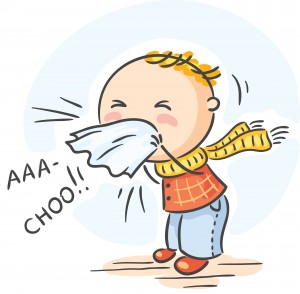A home is a place where we like to feel safe and comfortable. We put a lot of time, money, and heart into our homes. When something happens that compromises one’s safety and comfort in his or her own home, it can be highly stressful. Mix that with demising health and the outcome can drive someone crazy. “My house is making me sick” “I’m allergic to my house”. These are just two of the complaints we hear regularly. That’s why when we received the call from the Dr. Phil show to help Debbie out, we knew exactly what we needed to do.
Debbie felt like she was allergic to everything and lost that safe, comforting feeling we feel when we are at home. She knew something was going on but wasn’t sure what and no one would listen to her. Her behavior was described as compulsive and somewhat crazy and it was time to take action.
We arrived onsite and met with Kelly and Debbie and discussed their concerns. There wasn’t mention of any major issues noticed in the house so we went in to do a full inspection to check everything. Throughout our inspection, we saw various issues that were conducive to a mold problem and ran air samples throughout the entire home. We also observed multiple instances of mold-like growth that we took surface samples of to confirm if it was mold growth.
Once we received lab results, it was apparent that there was a mold problem in Kelly and Debbie’s home. Based on what we observed during our inspection and the results of the samples collected, we designed a mold remediation protocol so that professional mold remediation could be completed and Kelly and Debbie’s home and life can go back to normal.
If you have concerns about possible mold problems in your home or business please get in touch with us so we can help you get answers and take the steps to find out the true condition.





 You have decided to have your mold concerns diagnosed by a professional. In a sense you have decided to take your home to the doctor. You are expecting a complete diagnosis so that you know how to move forward in resolving your concerns. Usually, the complete diagnosis will include an investigation and testing.
You have decided to have your mold concerns diagnosed by a professional. In a sense you have decided to take your home to the doctor. You are expecting a complete diagnosis so that you know how to move forward in resolving your concerns. Usually, the complete diagnosis will include an investigation and testing.
 Every day I hear from potential clients, real estate agents, property managers, and the like asking me if there is still a “mold problem” and/or do indoor mold allergies really affect people? The next question usually goes down the road asking about ”toxic” mold, and whether only those molds with mycotoxins will cause allergy issues or health problems. The short answer is yes indoor mold allergies can and will affect a person’s health. The notion that only “toxic” mold causing these issues is not accurate.
Every day I hear from potential clients, real estate agents, property managers, and the like asking me if there is still a “mold problem” and/or do indoor mold allergies really affect people? The next question usually goes down the road asking about ”toxic” mold, and whether only those molds with mycotoxins will cause allergy issues or health problems. The short answer is yes indoor mold allergies can and will affect a person’s health. The notion that only “toxic” mold causing these issues is not accurate.

